Your Dev Team Needs Coaching Skills
Written by: Yamila Solari

Nowadays, it’s not enough for software development teams to be technically brilliant, they also need to know how to learn, adapt, and grow together. As Co-founder of Scio and a certified organizational coach, I’ve seen firsthand how the right coaching skills can elevate an Agile team from simply functioning to truly thriving.
Let’s unpack why coaching skills are essential for every dev team, not just managers or Scrum Masters, and how to bring them into your day-to-day practice.
Why Coaching Belongs in Agile Teams
At its core, coaching is a way to help others learn or change. Unlike mentoring or directing, coaching relies on powerful questions, deep listening, and trust to spark self-discovery and action. That’s exactly the kind of dynamic learning we want inside Agile teams.
Agile teams work in environments of constant change and iteration, where new technologies, tools, and requirements emerge faster than most formal training programs can keep up. In this setting, the ability to teach each other, problem-solve collaboratively, and reflect as a team becomes critical.
Here are a few characteristics that make coaching especially relevant in Agile teams:
- Cross-functionality: Everyone has a different specialty, and often, different viewpoints.
- Self-organization: Teams are expected to take ownership, not wait for top-down direction.
- Frequent feedback loops: Scrum ceremonies demand reflection and adaptation.
- Psychological safety: Learning can’t happen without trust.
When team members are equipped with coaching skills, they’re more effective at giving and receiving feedback, challenging each other constructively, and making sure that learning sticks—without turning every mistake into a crisis.
What Coaching Skills Bring to the Table
Training team members in coaching techniques builds essential competencies that go far beyond people management:
- Active listening – really hearing what’s said (and unsaid)
- Powerful questioning – opening up thinking without prescribing
- Building trust – essential for psychological safety
- Giving and receiving feedback – candid, kind, and constructive
- Following through on action plans – turning insights into impact
- Supportively challenging teammates – helping others grow, not stay comfortable
These skills not only improve collaboration but support the Agile principles of transparency, inspection, and adaptation.

Team-Led, Not Top-Down
While having an organization-wide coaching culture is ideal, that kind of transformation can take years and requires deep buy-in from senior leadership.
I want to make the case for a more accessible approach: let every team create their own coaching culture, with the support of a coach when needed. Agile teams are already empowered to self-organize, why not self-develop too?
By starting at the team level, you keep it practical, grounded, and tailored. Over time, these micro-cultures create a ripple effect throughout the organization.
A Road Map for Bringing Coaching into Your Team
You don’t need a full-blown organizational transformation to start cultivating a coaching culture in your team. However, you may need the sponsorship of a manager to get access to a team coach for training and support. Here’s a practical rollout plan:
1. Start with your Team Lead(s) and senior devs
Train your team lead(s) and senior devs first. They’ll model the skills in one-on-ones, the agile ceremonies, code reviews, and standups.
2. Then train the whole team by focusing on the Basics
Start small with three core skills:
- Active listening
- Powerful questions
- The GROW coaching model (Goal, Reality, Options, Will)
3. Build It into Agile Practices
Coaching works best when it becomes part of how the team communicates, reflects, and improves every day.
Start by making small but meaningful adjustments to your existing Agile ceremonies:
- Daily Scrum
Add one coaching-style question, for example: “What’s the small experiment you’ll try today?” This encourages learning through action and supports a growth mindset.
- Backlog Refinement
Invite developers to coach the Product Owner on how stories could be sliced thinner or clarified. This creates shared ownership and teaches developers to ask thoughtful, outcome-focused questions.
- Sprint Review
Help stakeholders structure their feedback using a coaching-inspired format:
Appreciation → Question → Suggestion.
It frames feedback constructively and invites dialogue instead of judgment.
- Retrospective
Rotate the facilitator role so each team member gets to guide the session.
Use the GROW model to turn insights into real action. Over time, this develops leadership and coaching confidence across the team.
Additionally:
- Add “ask before telling,” “coach, don’t criticize,” and “we give timely, kind, candid feedback” to your team working agreements.
- Set aside time during the sprint for informal peer-coaching conversations and practice.
- Host a monthly “coaching development series” where more nuanced knowledge about coaching can be discussed.
By weaving coaching into the fabric of Agile, you make it feel natural and not like another task, but simply how the team works and grows.

Final Thought
We often talk about upskilling in tech—new frameworks, new languages, new stacks. But what if the biggest unlock for your team isn’t technical at all?
Teaching coaching skills may be the smartest, most scalable way to build adaptability, trust, and sustainable high performance into your development teams.
Start small. Start where you are.
Further Reading
The Leader as Coach – Harvard Business Review
A compelling argument for why coaching is becoming the most effective form of leadership in fast-paced, knowledge-driven workplaces.
The GROW Model
A breakdown of one of the most popular coaching models used in organizations, perfect for Agile retrospectives, one-on-ones, and learning conversations.
Psychological Safety – Amy Edmondson
The foundational research article that introduced the concept of psychological safety—crucial for any team trying to implement a coaching mindset.
Coaching Agile Teams – Lyssa Adkins
A must-read book for Agile coaches and leaders, exploring how to blend Agile principles with coaching stances to help teams mature.
























